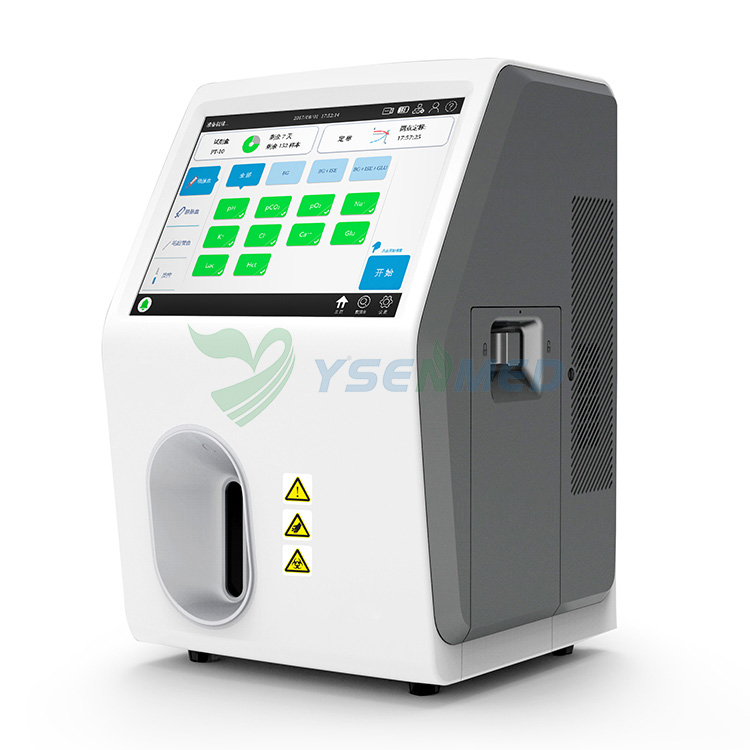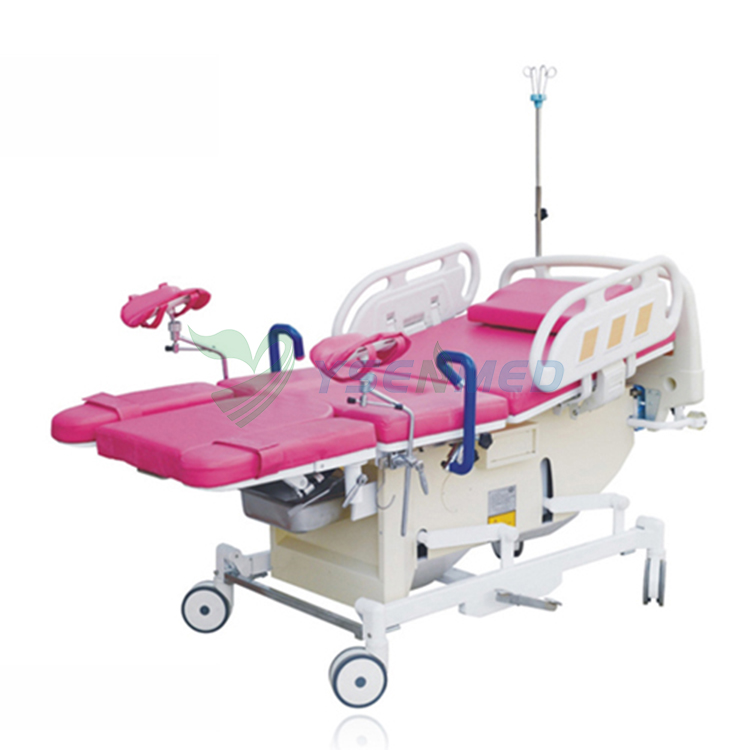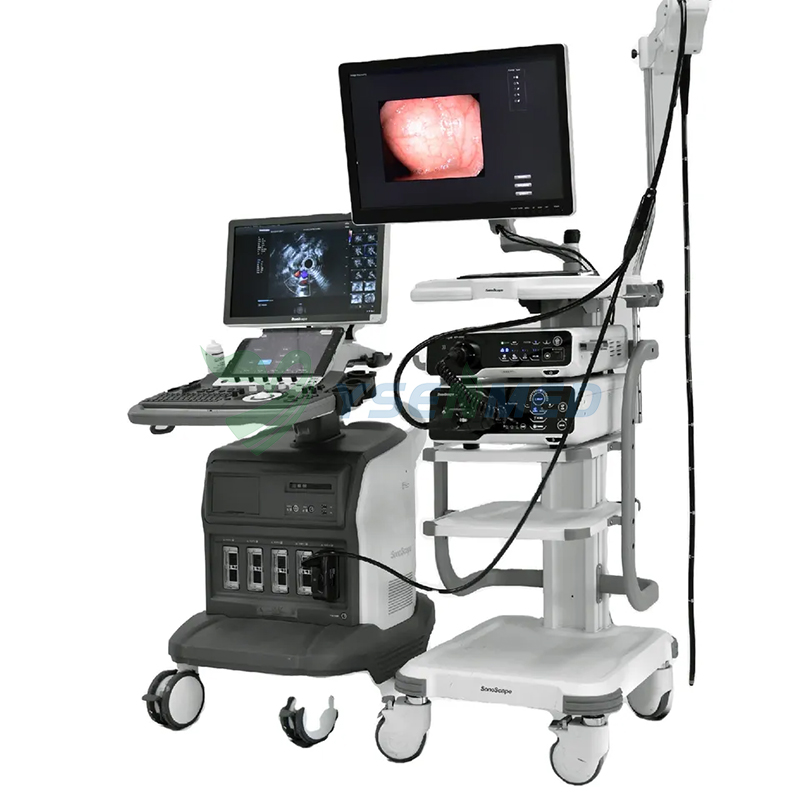Title: Choosing the Right X-Ray Equipment: Factors to Consider for Your Practice
Introduction:
Selecting the appropriate
X-ray equipment is a critical decision for healthcare practices, as it directly impacts diagnostic accuracy, patient care, and operational efficiency. With a multitude of options available in the market, understanding the key factors to consider is essential for making an informed choice. In this comprehensive guide, we'll delve into the factors that healthcare providers should consider when selecting X-ray equipment for their practice. Additionally, we'll explore different types of X-ray machines, including digital and portable options, as well as essential accessories like X-ray calipers. Let's explore how to choose the right X-ray equipment to meet the unique needs of your practice.
Factors to Consider When Choosing X-Ray Equipment:
Imaging Requirements:
Consider the specific imaging needs of your practice, such as the types of examinations commonly performed and the anatomical areas to be imaged. Determine whether you require standard radiography, fluoroscopy, or specialized imaging modalities like computed tomography (CT) or mammography. Understanding your imaging requirements will help narrow down the options and ensure that the chosen X-ray equipment meets your clinical needs.
Patient Volume and Throughput:
Evaluate the anticipated patient volume and throughput in your practice to determine the appropriate capacity and efficiency of the X-ray equipment. High-volume facilities may require X-ray machines with faster image acquisition times and robust workflow capabilities to accommodate a large number of patients efficiently. Conversely, smaller practices may prioritize compact and versatile systems that offer flexibility without compromising image quality.
Digital Integration:
Consider transitioning to digital X-ray technology to benefit from enhanced image quality, workflow efficiency, and storage capabilities. Digital X-ray machines eliminate the need for traditional film processing, allowing for immediate image acquisition, manipulation, and electronic transmission. Furthermore, digital integration enables seamless integration with picture archiving and communication systems (PACS) for centralized image storage and retrieval, facilitating collaboration and continuity of care.
Space and Facility Requirements:
Assess the available space and infrastructure in your facility to determine the suitability of different X-ray equipment options. Consider factors such as room dimensions, ceiling height, electrical requirements, and radiation shielding specifications. Choose X-ray machines that can be easily integrated into your existing facility layout without significant modifications or disruptions to workflow.
Budget and Cost Considerations:
Establish a realistic budget for acquiring and maintaining X-ray equipment, taking into account upfront costs, ongoing maintenance expenses, and potential upgrades or replacements. Evaluate the total cost of ownership over the equipment's lifespan, including installation, training, warranty coverage, and service contracts. Explore financing options and consider the return on investment (ROI) in terms of improved patient care, efficiency gains, and revenue generation opportunities.
Types of X-Ray Machines:
Digital X-Ray Machine:
Digital X-ray machines utilize electronic detectors to capture and process X-ray images digitally, offering superior image quality, dose optimization, and workflow efficiency compared to traditional film-based systems. These machines are versatile and suitable for a wide range of diagnostic applications, including general radiography, fluoroscopy, and specialized imaging studies.
Portable X-Ray Machine (Veterinary):
Portable X-ray machines are designed for mobile or point-of-care imaging in veterinary practices, allowing for convenient and on-site diagnostic imaging of animals. These compact and lightweight systems are ideal for equine, small animal, and exotic species imaging, providing flexibility and accessibility in diverse clinical settings.
Veterinary X-Ray Generator:
Veterinary X-ray generators are integral components of X-ray machines used in veterinary medicine, producing X-ray beams for imaging various anatomical structures in animals. These generators are available in different power ratings and configurations to accommodate the specific imaging needs and patient sizes encountered in veterinary practice.
X-Ray Caliper:
An X-ray caliper is a precision measurement tool used to determine the size and dimensions of anatomical structures on X-ray images. It consists of two adjustable arms with calibrated markings, allowing radiologists and clinicians to accurately measure distances, angles, and densities for diagnostic interpretation and treatment planning.
X-Ray Accessories:
In addition to X-ray machines, various accessories play essential roles in optimizing imaging quality, safety, and efficiency. These include:
Lead Aprons and Shields:
Personal protective equipment (PPE) such as lead aprons and shields are essential for shielding healthcare providers and patients from unnecessary radiation exposure during X-ray procedures.
Positioning Aids and Immobilization Devices:
Positioning aids and immobilization devices help ensure patient comfort and maintain proper positioning during X-ray examinations, reducing motion artifacts and enhancing image quality.
Radiographic Markers:
Radiographic markers are used to indicate anatomical landmarks, patient orientation, and imaging parameters on X-ray images, facilitating accurate interpretation and communication of diagnostic findings.
X-Ray Machine Supplier:
Choosing a reputable and reliable X-ray machine supplier is crucial for obtaining high-quality equipment, comprehensive support services, and ongoing technical assistance. Select a supplier with a proven track record of excellence in medical imaging technology, customer satisfaction, and regulatory compliance.
Conclusion:
Choosing the right X-ray equipment for your practice requires careful consideration of factors such as imaging requirements, patient volume, digital integration, facility constraints, budget, and cost considerations. By evaluating these factors and exploring different types of X-ray machines, including digital and portable options, healthcare providers can make informed decisions to enhance diagnostic capabilities, improve patient care, and optimize clinical workflows. Additionally, investing in essential accessories like X-ray calipers and partnering with reputable X-ray machine suppliers ensures the successful integration and operation of X-ray equipment in healthcare settings.
Factors to Consider When Choosing X-Ray Equipment (Continued):
Image Quality and Diagnostic Capabilities:
Assess the image quality and diagnostic capabilities offered by different X-ray equipment options, including spatial resolution, contrast resolution, and noise levels. High-quality imaging is essential for accurate diagnosis and treatment planning across a wide range of clinical applications, from routine radiography to specialized imaging studies.
Radiation Dose and Safety Features:
Prioritize X-ray equipment with dose optimization features and advanced safety mechanisms to minimize radiation exposure for patients and healthcare providers. Look for systems with adjustable exposure settings, dose monitoring tools, and dose reduction technologies, such as automatic exposure control (AEC) and iterative reconstruction algorithms.
Workflow Integration and Connectivity:
Consider the integration capabilities of X-ray equipment with existing healthcare IT infrastructure, including electronic medical record (EMR) systems, PACS, and radiology information systems (RIS). Seamless integration and interoperability facilitate efficient image acquisition, interpretation, and communication, enhancing workflow productivity and patient care coordination.
Training and Support Services:
Ensure that comprehensive training and support services are available from the X-ray equipment manufacturer or supplier to enable successful implementation and utilization of the equipment in your practice. Training programs should cover equipment operation, radiation safety practices, image quality optimization, and troubleshooting procedures for technical issues.
Future Expansion and Upgradability:
Anticipate future growth and technological advancements in your practice when selecting X-ray equipment, and choose systems that offer scalability and upgradability options. Look for platforms that can accommodate future software upgrades, hardware enhancements, and additional imaging modalities to support evolving clinical needs and regulatory requirements.
Types of X-Ray Machines (Continued):
Fluoroscopy Machine:
Fluoroscopy machines are specialized X-ray systems that enable real-time visualization of moving internal structures, such as the gastrointestinal tract, blood vessels, and joints. These machines are used for diagnostic and interventional procedures, including barium studies, angiography, and minimally invasive surgeries.
Computed Tomography (CT) Scanner:
CT scanners utilize X-ray technology to produce cross-sectional images of the body, offering detailed anatomical information for diagnosis and treatment planning. These advanced imaging systems are capable of imaging entire organs and anatomical regions in multiple planes, making them indispensable tools in radiology, oncology, and emergency medicine.
Mammography Machine:
Mammography machines are dedicated X-ray systems designed for breast imaging and screening, offering high-resolution images for the detection and diagnosis of breast cancer and other breast abnormalities. Digital mammography systems provide superior image quality, dose efficiency, and workflow benefits compared to traditional film-based systems.
Conclusion:
Choosing the right X-ray equipment for your practice requires careful consideration of various factors, including imaging requirements, patient volume, digital integration, budget, and future expansion plans. By evaluating these factors and exploring different types of X-ray machines, healthcare providers can select equipment that meets their clinical needs, enhances diagnostic capabilities, and improves patient care outcomes. Additionally, partnering with reputable X-ray equipment suppliers and investing in essential accessories and support services ensures the successful implementation and operation of
X-ray equipment in healthcare settings.




